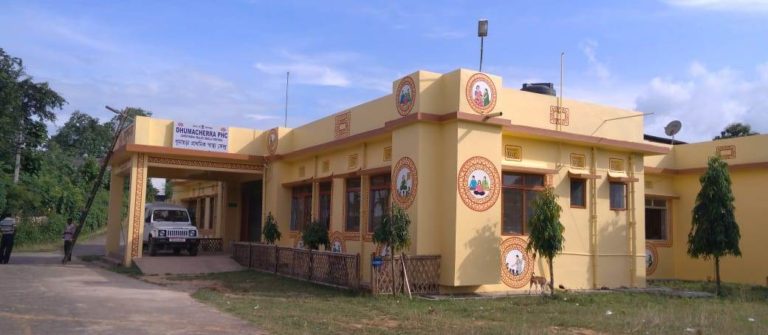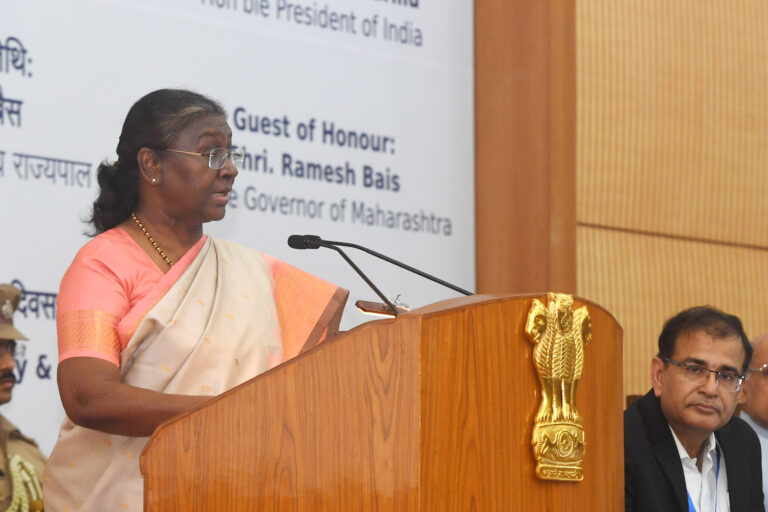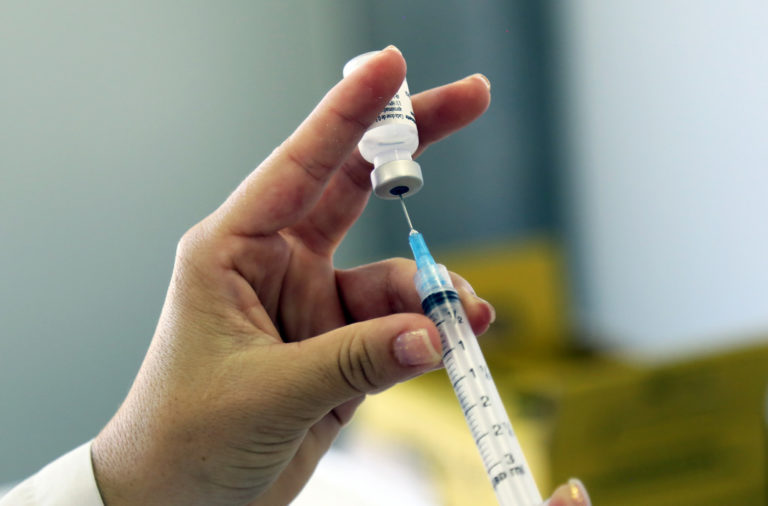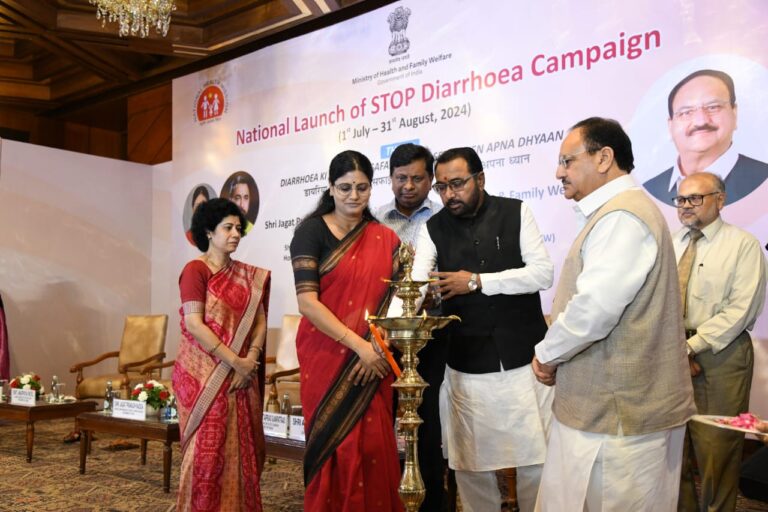Of the over 200,000 public health facilities in the country only 43140 had filled in the data required for the survey
Of the 200,988 government health facilities in the country, data available with the government show that only 8204 are compliant with the Indian Public Health Standards (IPHS).
The health facilities were required to self assess and submit data for their equipment and manpower availability but only 43140 had actually done so. Of these 176 are district hospitals, 236 are sub district hospitals, 1339 are community health centres, 5812 are primary health centres and 35577 are sub health centres.
Among these, 18977 scores less than 50%, 15959 scores between 50 to 80 per cent and only 8204 scores more than 80%. Facilities must score 80% or higher to qualify as IPHS compliant. The Indian Public Health Standards (IPHS) are essential benchmarks that ensure the delivery of minimum essential services through public healthcare facilities, including District Hospitals, Sub-District Hospitals, Community Health Centers, Primary Health Centers, and Ayushman Arogya Mandir ( erstwhile Sub Health centres).
Developed in 2007 and revised in 2012 and 2022, these standards align with recent public health initiatives and are fundamental to our healthcare system.
IPHS sets infrastructure, equipment, and human resources benchmarks, ensuring uniform service levels across all public health facilities. The guidelines outline essential and desirable services, helping states plan and meet these standards. By following these standards, facilities maintain consistent healthcare delivery and improve service quality. IPHS guidelines help evaluate public healthcare facilities at all levels, leading to better health outcomes and increased public trust in the healthcare system.











